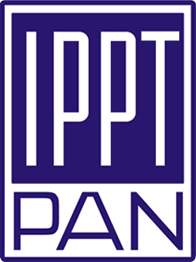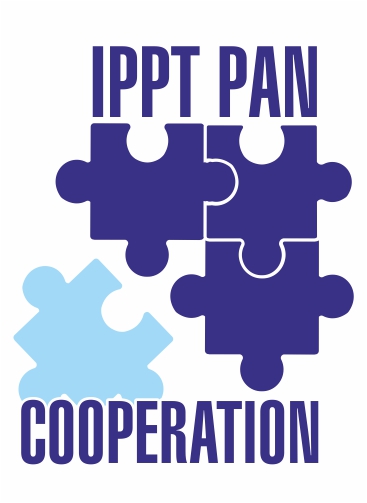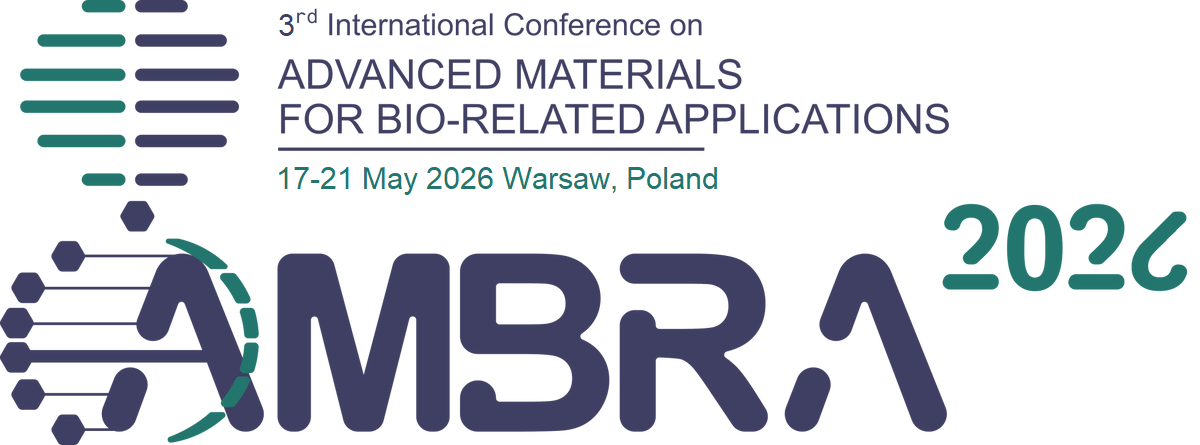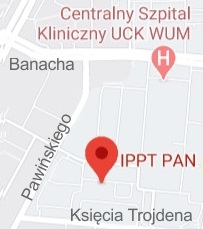| 1. |
Daniels Michael J.D.♦, Rivers-Auty J.♦, Schilling T.♦, Spencer Nicholas G.♦, Watremez W.♦, Fasolino V.♦, Booth Sophie J.♦, White Claire S.♦, Baldwin Alex G.♦, Freeman S.♦, Wong R.♦, Latta C.♦, Yu S.♦, Jackson J.♦, Fischer N.♦, Koziel V.♦, Pillot T.♦, Bagnall J.♦, Allan Stuart M.♦, Paszek P.♦, Galea J.♦, Harte Michael K.♦, Eder C.♦, Lawrence Catherine B.♦, Brough D.♦, Fenamate NSAIDs inhibit the NLRP3 inflammasome and protect against Alzheimer’s disease in rodent models,
Nature Communications, ISSN: 2041-1723, DOI: 10.1038/ncomms12504, Vol.7, pp.12504-1-10, 2016 Abstract:
Non-steroidal anti-inflammatory drugs (NSAIDs) inhibit cyclooxygenase-1 (COX-1) and COX-2 enzymes. The NLRP3 inflammasome is a multi-protein complex responsible for the processing of the proinflammatory cytokine interleukin-1β and is implicated in many inflammatory diseases. Here we show that several clinically approved and widely used NSAIDs of the fenamate class are effective and selective inhibitors of the NLRP3 inflammasome via inhibition of the volume-regulated anion channel in macrophages, independently of COX enzymes. Flufenamic acid and mefenamic acid are efficacious in NLRP3-dependent rodent models of inflammation in air pouch and peritoneum. We also show therapeutic effects of fenamates using a model of amyloid beta induced memory loss and a transgenic mouse model of Alzheimer’s disease. These data suggest that fenamate NSAIDs could be repurposed as NLRP3 inflammasome inhibitors and Alzheimer’s disease therapeutics. Affiliations:
| Daniels Michael J.D. | - | other affiliation | | Rivers-Auty J. | - | other affiliation | | Schilling T. | - | other affiliation | | Spencer Nicholas G. | - | other affiliation | | Watremez W. | - | other affiliation | | Fasolino V. | - | other affiliation | | Booth Sophie J. | - | other affiliation | | White Claire S. | - | other affiliation | | Baldwin Alex G. | - | other affiliation | | Freeman S. | - | other affiliation | | Wong R. | - | other affiliation | | Latta C. | - | other affiliation | | Yu S. | - | other affiliation | | Jackson J. | - | other affiliation | | Fischer N. | - | other affiliation | | Koziel V. | - | other affiliation | | Pillot T. | - | other affiliation | | Bagnall J. | - | other affiliation | | Allan Stuart M. | - | other affiliation | | Paszek P. | - | other affiliation | | Galea J. | - | other affiliation | | Harte Michael K. | - | other affiliation | | Eder C. | - | other affiliation | | Lawrence Catherine B. | - | other affiliation | | Brough D. | - | other affiliation |
| 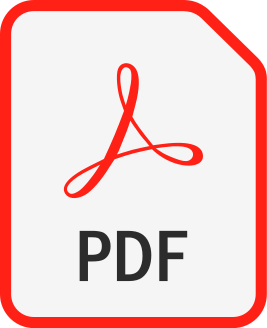 |
| 2. |
Martín-Sánchez F.♦, Diamond C.♦, Zeitler M.♦, Gomez A.♦, Baroja-Mazo A.♦, Bagnall J.♦, Spiller David G.♦, White M.R.♦, Daniels Michael J.D.♦, Mortellaro A.♦, Peñalver M.♦, Paszek P.♦, Steringer J.♦, Nickel W.♦, Brough D.♦, Pelegrín P.♦, Inflammasome-dependent IL-1β release depends upon membrane permeabilisation,
Cell Death & Differentiation, ISSN: 1350-9047, DOI: 10.1038/cdd.2015.176, Vol.23, pp.1219-1231, 2016 Abstract:
Interleukin-1β (IL-1β) is a critical regulator of the inflammatory response. IL-1β is not secreted through the conventional ER–Golgi route of protein secretion, and to date its mechanism of release has been unknown. Crucially, its secretion depends upon the processing of a precursor form following the activation of the multimolecular inflammasome complex. Using a novel and reversible pharmacological inhibitor of the IL-1β release process, in combination with biochemical, biophysical, and real-time single-cell confocal microscopy with macrophage cells expressing Venus-labelled IL-1β, we have discovered that the secretion of IL-1β after inflammasome activation requires membrane permeabilisation, and occurs in parallel with the death of the secreting cell. Thus, in macrophages the release of IL-1β in response to inflammasome activation appears to be a secretory process independent of nonspecific leakage of proteins during cell death. The mechanism of membrane permeabilisation leading to IL-1β release is distinct from the unconventional secretory mechanism employed by its structural homologues fibroblast growth factor 2 (FGF2) or IL-1α, a process that involves the formation of membrane pores but does not result in cell death. These discoveries reveal key processes at the initiation of an inflammatory response and deliver new insights into the mechanisms of protein release. Affiliations:
| Martín-Sánchez F. | - | other affiliation | | Diamond C. | - | other affiliation | | Zeitler M. | - | other affiliation | | Gomez A. | - | other affiliation | | Baroja-Mazo A. | - | other affiliation | | Bagnall J. | - | other affiliation | | Spiller David G. | - | other affiliation | | White M.R. | - | University of Manchester
(GB) | | Daniels Michael J.D. | - | other affiliation | | Mortellaro A. | - | other affiliation | | Peñalver M. | - | other affiliation | | Paszek P. | - | other affiliation | | Steringer J. | - | other affiliation | | Nickel W. | - | other affiliation | | Brough D. | - | other affiliation | | Pelegrín P. | - | other affiliation |
|  |


